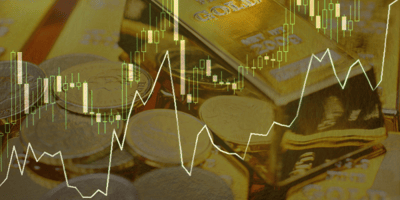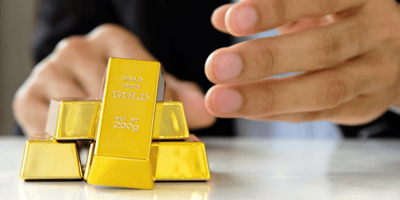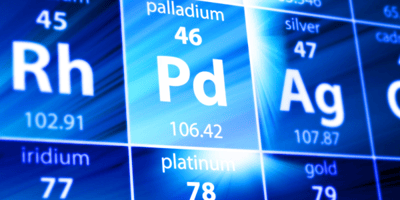What premiums should you expect to pay on precious metals? There are a few factors here…
What's Driving the Dip in Platinum and Palladium?
Gold and silver have been on the rise in 2024, with gold hitting several new all time highs, and silver experiencing a strong rally in the spring.
But what about the other white metals? Platinum and palladium make up a smaller portion of the precious metals investing space, but offer diversity in a portfolio just the same. Right now, platinum and palladium spot prices are underperforming after a major dip in 2023, but there may yet be opportunity for investors in those markets.
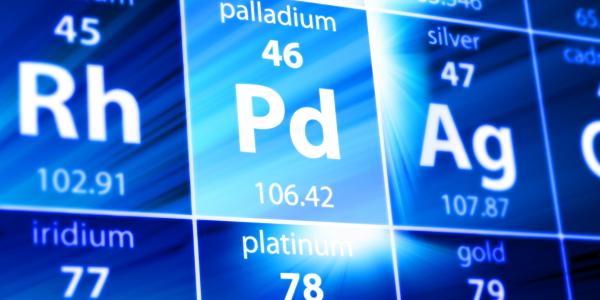
Palladium
Palladium, a member of the platinum group of metal, is 30 times rarer than gold, but sold at a substantially lower price per ounce for most of its history. In recent years, a sustained supply deficit coupled with robust demand and rising interest from speculators pushed prices of palladium to new highs. At the peak, palladium touched above $3,000 an ounce in the spring of 2022.
There are only two countries in the world primarily responsible for the vast majority of palladium production and mining, Russia and South Africa. With the Russian invasion of Ukraine, one would have expected the supply to be limited and possibly even inaccessible at times going forward, driving prices up. However, the stock market’s turbulence swept palladium up in the larger sell-off in the commodities space, and as a result, palladium plummeted 38% last year.
Palladium currently sits around just $965 an ounce. Palladium is up 1.9% this month after decreasing 4.3% in July and gaining 8.1% in June. Because it is such a thinly traded market, palladium spot prices are prone to volatile swings to the upside and the downside.
Auto production growth may be marginally positive for palladium demand going forward, but palladium is still forecast to transition into a market surplus, so it’s unlikely that we’ll see palladium return to 2022’s highs any time soon. As the market tips into a surplus, analysts expect reverse substitution – palladium for platinum – to occur over the next few years.
Compared to palladium, platinum faces the same downside risks to supply, but it also benefits from a more diversified demand base and significant growth in demand from an emerging hydrogen economy.
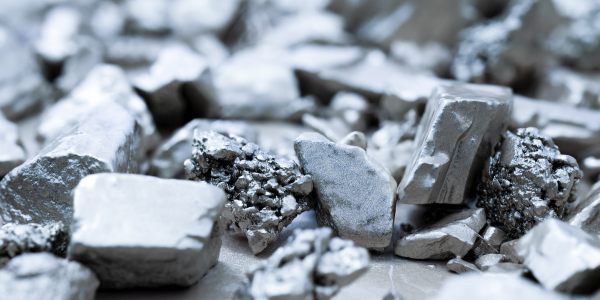
The Case for Platinum
The platinum market is into its second year of a substantial supply deficit and industrial demand is high, yet platinum is trading at far less than its historic average value.
Platinum currently sits around just $945 an ounce. Platinum is down 1.6% in August after losing 2.1% in July and falling 3.7% in June.
Despite the strongest automotive demand since 2017, total platinum demand has stalled in 2024. Likewise, 2023 was record year for industrial demand, yet platinum dropped 15% in last year. Additionally, jewelry demand, boosted by India and the Middle East, is showing its first growth momentum since 2021, so there are still signs of life in the platinum market.
The lower platinum spot price is also the result of a weaker investment demand for bars and coins in the US and Asia, and expected ETF disinvestment in the current high interest rate environment. Total mine supply is also forecast to decrease by 3% year-on-year, with lower than expected output from South Africa and Russia.
Spot prices have failed to match current supply and demand drivers. But there is good news according to the World Platinum Investment Council, "Platinum’s investment case continues to be compelling despite economic headwinds; material deficits as a result of resilient demand, protected from weak economic growth, and weak mine and recycling supply."
The challenge for platinum investment in 2024 is not the underlying fundamentals, which are actually relatively strong, but rather in investor sentiment. In time, analysts believe that this incongruence will be resolved as higher-for-longer automotive demand and ongoing supply challenges eventually will win out over the market’s lack of conviction. In light of this, platinum's falling spot prices may provide an excellent opportunity for investors to take advantage of the current market situation.
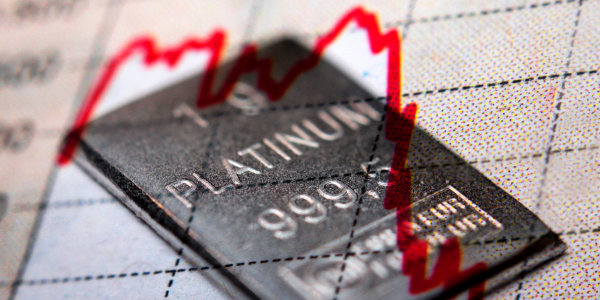
Diversification is the Way to Go
In the last bull market, gold and silver’s upward momentum gave palladium and platinum a boost as well. The precious metals markets are impossible to time, and investors should continue to put faith into gold and silver, or even consider diversifying into all four major precious metals. Since the four major precious metals markets are driven by unique supply and demand factors, diversification can allow you to minimize volatility and maximize returns.
The biggest benefit of owning precious metals is still their ability to mitigate risk in your portfolio. Now is the right time to set up your desired portfolio allocations in tangible assets, and there is ample opportunity with metal prices at current levels.
To learn more about the best ways to invest in gold, silver, platinum, and palladium, please call us at 800-831-0007 or email us today.


